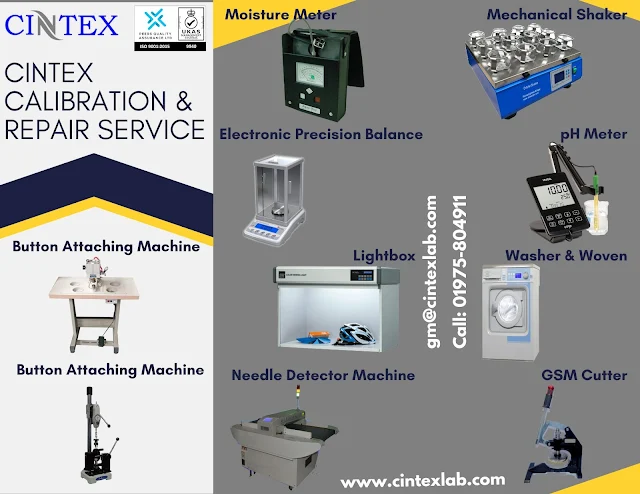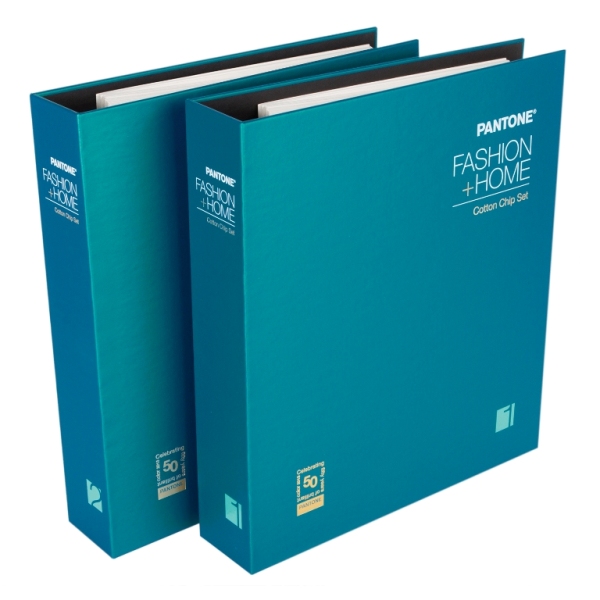Instrument Calibration and Test Methods
Instrument calibration and test methods are critical aspects of ensuring the accuracy and reliability of measurement instruments in a wide range of applications. Proper calibration is necessary to ensure that the readings produced by an instrument are accurate, precise, and consistent with a known standard. Calibration is the process of comparing the readings of an instrument with a known reference standard and making any necessary adjustments to ensure that the instrument provides accurate and reliable measurements.
Calibration is essential for many different types of instruments, including those used for temperature, pressure, flow, humidity, and other physical and chemical measurements. In many cases, instruments must be calibrated on a regular basis to maintain their accuracy and precision. Calibration intervals can vary depending on the specific instrument, the measurement environment, and the application.
Calibration procedures typically involve comparing the readings of the instrument being calibrated with a reference standard. The reference standard can be a physical artifact, such as a standard weight or a calibrated thermometer, or it can be a standard measurement technique, such as a spectrophotometric measurement of a known standard solution. The process of calibration involves adjusting the instrument to match the readings of the reference standard, typically by making adjustments to internal calibration settings or by adjusting the instrument output.
There are several different methods of instrument calibration, including:
- Comparative Calibration
- Direct Calibration
- Indirect Calibration
- Regression Calibration
Comparative calibration involves comparing the readings of an instrument with those of a reference standard of known accuracy. This method is commonly used for instruments that cannot be calibrated directly or for instruments that require a specialized calibration procedure. In comparative calibration, the instrument to be calibrated is placed in close proximity to the reference standard, and measurements are taken simultaneously with both instruments. The readings of the instrument being calibrated are then compared to the readings of the reference standard, and any necessary adjustments are made to bring the readings into the agreement.
Direct calibration involves adjusting the instrument being calibrated directly using a known reference standard. This method is commonly used for instruments that can be adjusted manually, such as scales, thermometers, and pressure gauges. In direct calibration, the reference standard is used to adjust the instrument to produce the correct reading. For example, a weight of known mass might be used to calibrate a scale, or a calibrated thermometer might be used to calibrate a temperature sensor.
Indirect calibration involves using a known reference standard to calibrate an instrument indirectly. This method is commonly used for instruments that cannot be calibrated directly or for instruments that require a specialized calibration procedure. In indirect calibration, the instrument being calibrated is used to measure a quantity that can be related to the known reference standard, such as the voltage output of a signal generator. The readings of the instrument being calibrated are then compared to the readings of the reference standard, and any necessary adjustments are made to bring the readings into an agreement.
Regression calibration involves using a mathematical relationship between two variables to calibrate an instrument. This method is commonly used for instruments that measure physical or chemical properties that are difficult to calibrate directly. In regression calibration, a calibration curve is generated by measuring a series of known standard solutions or samples, and the resulting data is used to generate a mathematical relationship between the instrument readings and the known concentrations or properties. This relationship is then used to calibrate the instrument by comparing the readings produced by the instrument with those predicted by the regression equation.
Once an instrument has been calibrated, it must be tested to ensure that it continues to provide accurate and reliable measurements over time. Testing can be performed using a variety of methods, including:
- Accuracy Testing
- Repeatability Testing
- Reproducibility Testing
- Linearity Testing
Accuracy testing involves comparing the readings of an instrument with those of a reference standard to determine the accuracy of the instrument. This method is commonly used to test instruments that are critical for ensuring the safety and quality of products or processes, such as temperature sensors used in food processing or pressure gauges used in manufacturing.
Repeatability testing involves measuring the same sample or quantity multiple times with the same instrument to determine the degree of variation in the readings. This method is commonly used to test the precision of an instrument and to determine the variability in the readings produced by the instrument over time.
Reproducibility testing involves measuring the same sample or quantity with multiple instruments or by multiple operators to determine the degree of variation in the readings. This method is commonly used to test the consistency of measurements across different instruments or operators and to determine the variability in the readings produced by the instrument in different environments or under different conditions.
Linearity testing involves measuring a series of samples or quantities that vary in a linear fashion to determine the linearity of the instrument. This method is commonly used to test the accuracy of an instrument over a range of values and to ensure that the instrument produces consistent readings across the full range of measurements.
In addition to these specific testing methods, it is also important to perform regular preventative maintenance on instruments to ensure their long-term reliability and accuracy. Preventative maintenance can include tasks such as cleaning, calibration checks, replacement of worn or damaged parts, and software updates. Regular maintenance can help to identify potential issues before they become significant problems and can help to extend the lifespan of the instrument.
Overall, instrument calibration and test methods are critical aspects of ensuring the accuracy and reliability of measurement instruments. Calibration is necessary to ensure that the readings produced by an instrument are accurate, precise, and consistent with a known standard, and testing is necessary to ensure that the instrument continues to produce accurate and reliable measurements over time. There are several different methods of instrument calibration, including comparative calibration, direct calibration, indirect calibration, and regression calibration, each of which is appropriate for different types of instruments and applications. Testing can be performed using a variety of methods, including accuracy testing, repeatability testing, reproducibility testing, and linearity testing, to ensure the consistency and reliability of the instrument's measurements. By following these best practices, it is possible to ensure the accuracy and reliability of measurement instruments and to ensure that they continue to provide accurate and reliable data for a wide range of applications.







